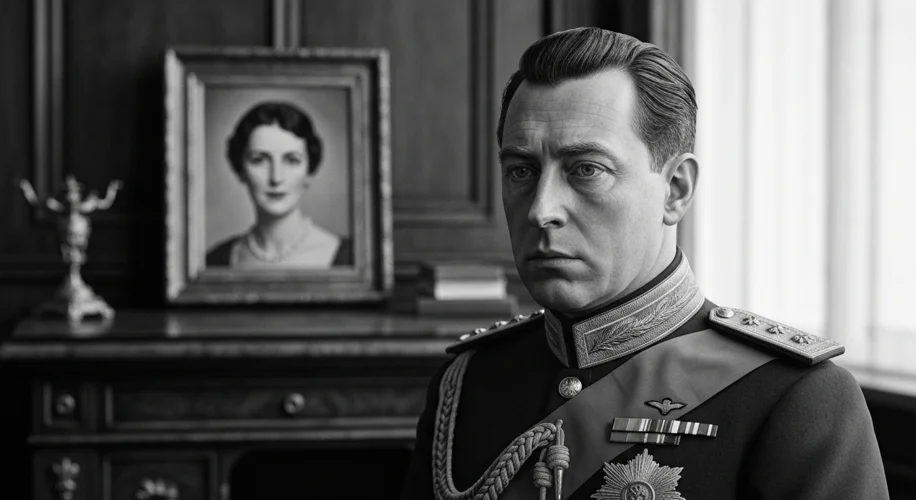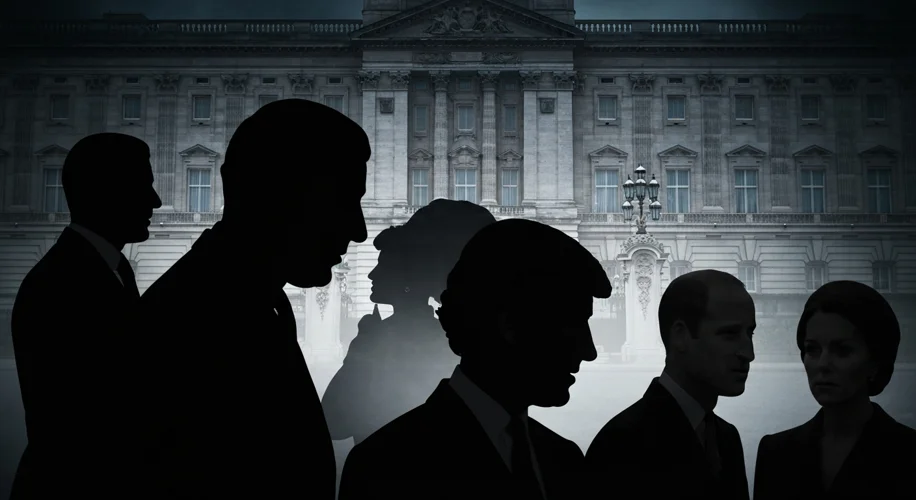The British monarchy, a symbol of continuity and tradition, has a history as rich and complex as its lineage. Yet, beneath the gilded surface and ceremonial pomp, the Royal Family has often found itself embroiled in scandals that have rocked public perception and tested the very foundations of its revered status. These are not mere tabloid fodder; they are moments where personal lives intersected dramatically with public duty, revealing the human frailties of those tasked with embodying a nation’s spirit.
From the whispers of forbidden love to the thunder of abdication crises, the Crown has weathered storms of controversy that, paradoxically, have often served to humanize the monarchy in the eyes of its subjects.
A King’s Heart: Edward VIII and Wallis Simpson
Perhaps one of the most seismic scandals of the 20th century involved Edward VIII and his desire to marry Wallis Simpson, an American divorcée. In 1936, Edward ascended to the throne, a charismatic figure who had captured the public’s imagination. However, his relationship with Mrs. Simpson, twice divorced, was met with fierce opposition from the government, the Church of England, and much of the establishment. The King was faced with an impossible choice: marry the woman he loved and alienate his kingdom, or relinquish the throne.

The tension built over weeks, dividing the nation. Prime Minister Stanley Baldwin made it clear that a marriage with Mrs. Simpson would not be countenanced. On December 11, 1936, Edward VIII abdicated, uttering the now-famous words, “I have found it impossible to carry the heavy burden of responsibility and to discharge my duties as King as I would wish to do without the help and support of the woman I love.”
His brother, George VI, a man thrust into the role he never expected, became King, with his wife Elizabeth (later the Queen Mother) providing unwavering support. The abdication crisis sent shockwaves through the Empire, forcing a public reckoning with the personal desires of a monarch versus the demands of the crown. It revealed the limitations of royal power in the face of deeply entrenched societal and religious norms, and it irrevocably altered the line of succession.
The Crown’s Darkest Hour: The Abdication Crisis of 1936
While Edward VIII’s story is the most prominent, it’s worth noting that the abdication crisis itself was a profound scandal. It wasn’t just about a King’s personal choice, but about the stability of the monarchy at a time of increasing international unease. The public was stunned by the sheer speed and drama of the event. It raised uncomfortable questions about the monarchy’s relevance in a modernizing world and its ability to adapt to changing social mores. The subsequent reign of George VI, marked by his quiet strength during World War II, served as a stark contrast and a testament to the resilience of the institution.
Diana, Charles, and the Unraveling of a Fairytale
In the latter half of the 20th century, the marriage of Prince Charles and Lady Diana Spencer, once hailed as a fairytale union, became a public spectacle of marital discord and betrayal. Their wedding in 1981 was a global event, watched by an estimated 750 million people. Yet, behind the opulent facade, the marriage was fraught with difficulties, most notably Charles’s long-standing affection for Camilla Parker Bowles.

The early 1990s saw the unraveling of their union in a very public manner. Tapes of intimate phone conversations were leaked, and Diana herself gave a famously candid interview to the BBC’s Panorama program in 1995, where she spoke about her bulimia, her struggles within the Royal Family, and infamously declared, “there were three of us in this marriage, so it was a bit crowded” (referring to Camilla).
This period was a devastating blow to the monarchy’s image. The public, captivated by Diana’s charisma and perceived vulnerability, largely sided with her. The ensuing revelations of infidelity and unhappiness within the supposedly perfect royal union eroded public trust and sympathy. The scandal not only led to their divorce in 1996 but also fundamentally changed the public’s perception of the monarchy, shifting it from an untouchable institution to one whose members were subject to scrutiny and criticism.
The Aftermath and Enduring Impact
These scandals, and many others—from the marital woes of Princess Anne to the various controversies surrounding Prince Andrew—have had a profound impact on the British monarchy. They have forced the institution to adapt, to become more transparent (to a degree), and to engage more directly with public sentiment. The concept of the monarchy as a purely symbolic, aloof entity has been challenged, replaced by a more nuanced understanding of royals as public figures navigating complex personal lives under an intense spotlight.
While the monarchy has endured for centuries, its survival has often depended on its ability to weather these storms of scandal. Each controversy, though damaging at the time, has also contributed to the evolving narrative of the Crown, demonstrating that even the most ancient of institutions must grapple with the enduring human drama of love, duty, and desire.
A Modern Monarchy
In the 21st century, the Royal Family continues to face scrutiny. The younger generation of royals, particularly Prince William and Catherine, Princess of Wales, have largely managed to maintain a more positive public image. However, the shadow of past scandals, and the potential for new ones, constantly looms. The monarchy’s ability to maintain its relevance and support hinges on its capacity to project an image of strength, integrity, and genuine connection with the people it serves, a task made infinitely more complex by the enduring allure and inherent risks of scandal.

